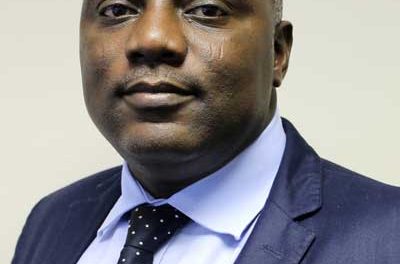
Will Air Namibia reach breakeven in five years?

Air Namibia has managed to achieve a slight uptick in its revenue per seat per kilometre while keeping its operational costs stable. Although the improvement in revenue between 2015 and 2016 was only 1.3%, the fact that operating costs for the same metric have remained stable, indicates the national airline is showing some progress to reach breakeven after introduction of a 5-year strategic plan.
At a stakeholder meeting earlier this month, the airline’s acting Managing Director, Mandi Samson, said “Our Revenue by Available Seat per Kilometre (RASK) this year compared to last year improved slightly by 1.3%, from N$0.76 in 2015/16 to N$0.77 in the current year. The Cost by Available Seat per Kilometre (CASK) remained stable at N$0.98.” This indicates that the airline is still short of breakeven by 21 cents per passenger per kilometre. Using the same metric but expressing it as a percentage increase, it shows Air Namibia needs to grow its revenue by a further 28% based on its existing capacity, to reach breakeven.
Shedding some light on targets and timelines, Advocate Samson said “In our quest to attain operational breakeven after the development of this five year plan, we have implemented an optimum network and schedule plan.” This again translates to a 5% per annum improvement in operational efficiency for the five-year period.
Advocate Samson stated that Air Namibia’s route networks are doing better this year compared to last year, except for the Luanda route which saw a 46% decline in revenue with a major impact on the airline’s overall performance. This prevented the national airline to increase its per passenger per kilometre metric by a meaningful margin. “The Luanda route saw a decline of 31% in passenger totals and a 46% decline in total revenue” she said explaining that the slump in occupancy was due to the economic crisis in Angola, in turn a result of the drastic fall in crude prices.
At the same stakeholder event, an analyst from Oxford Economics, Ian Mulheirn presented his findings after studying the broader impact the airline has on the local economy, using data from 2015.
“In 2015/16 Air Namibia’s operations and aviation-related capital spending made a N$704 million contribution to the Namibian economy and sustained 4550 jobs” Mulheirn said. Elsewhere he stated that the airline cost the economy N$263 million, referring to its direct losses which had to be neutralised through state subsidy. During the same period, offsetting the subsidy, Air Namibia contributed N$316 million in tax revenue to the fiscus.
“The tax revenues were equivalent to 55% of the subsidy the airline received in 2015/16,” Mulheirn said adding his opinion that he expects the airline to continue growing over the ensuing five-year period. The Oxford study focused on the airline’s core and catalytic impact, while making projections for future growth.
The stakeholder meeting concluded with a panel discussion moderated by the Chairperson of the Law Reform and Development Commission, Yvonne Dausab.
In the picture are, standing from the left, Ian Mulheirn from Oxford Economics; Adv. Mandi Samson, acting Managing Director of Air Namibia and board members Evelyn Zimba-Naris, Conville Britz and Wilhencia !Uiras. Seated are Hon. Alpheus !Naruseb, the Minister of Works and Transport; Gerson Tjihenuna, Air Namibia board Chairperson and Hon Sankwasa James Sankwasa, the Deputy Minister of Works and Transport.










































